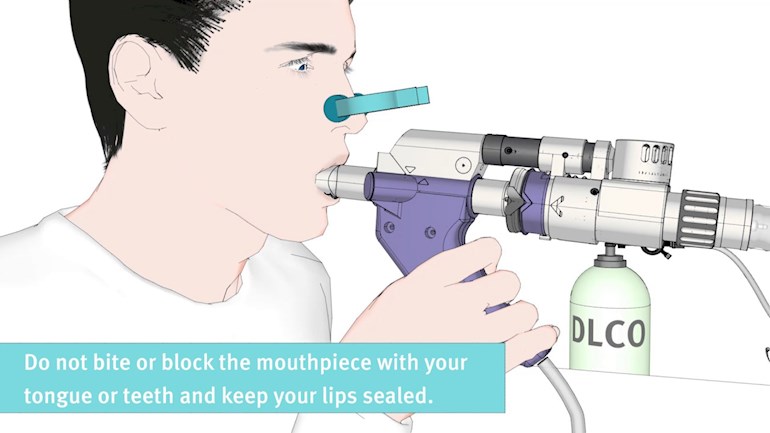I have been reading about DLCO which is not a test I have had. But I was astonished to read that it involves breathing carbon monoxide. This is a highly poisonou gas which humans do NOT breath normally. It says it is used as a surrogate for oxygen. Now I am no scientist but the exchange function of our lungs which takes place in the alveoli will be dependent I feel sure on the surface of the millions of alveoli being able to pass oxygen into the blood stream (one way only) and uptake waste gases especially carbon dioxide and nitrogen from the blood stream (again, one way only).
I believe I am right in saying that since all molecules have different shapes this is done by shape differentiation in the pores of the alveoli surface. COPD, in whatever form, results in the deformation of these alveoli such that this process is inhibited to varying degrees.
I have read that each alveoli might only in fact pass one molecuyle in each direction and that our respiration depends on the vast number of such transactons. In a healthy body there is some 100% redundancy built in. Which is why we COPD sufferers get into trouble once we are below 50% transfer.
But this is about oxygen one way and carbon dioxide and nitrogen the other. NOT carbon monoxide surely?
SO here is my question - What value is the test in reality and how do we avoid being poisoned?
For the record this is CO: Carbon monoxide (CO) is a colorless, odorless, and tasteless gas that is slightly less dense than air. It is toxic to hemoglobic animals (both invertebrate and vertebrate, including humans) when encountered in concentrations above about 35 ppm, although it is also produced in normal animal metabolism in low quantities, and is thought to have some normal biological functions. In the atmosphere, it is spatially variable and short lived, having a role in the formation of ground-level ozone.
AND PS: My symptoms are aggravated by ozone which often occurs at low level near the sea and is a feature of urban pollution.
PPS: I may have had this test using a cabinet device.
